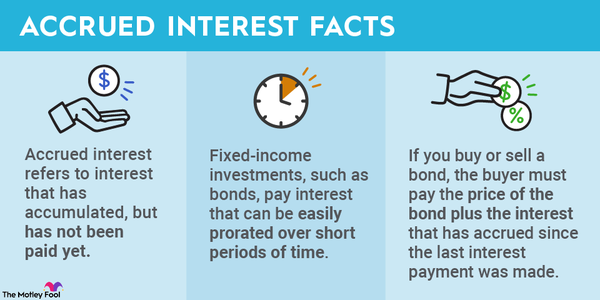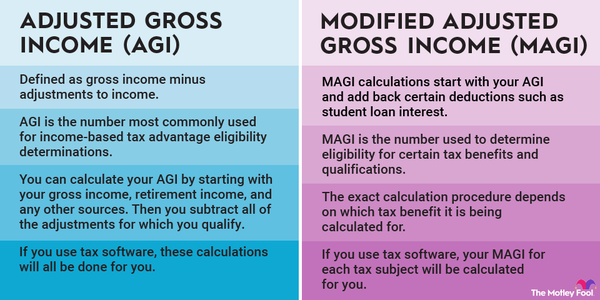Whether you're trying to figure out your home's budget or considering what kind of retirement account to invest in, understanding after-tax income can help you make better financial decisions. Read on to learn more about it and how it affects your long-term savings goals.

What is after-tax income?
What is after-tax income?
After-tax income is the amount you're left with when you take your gross income and subtract the taxes you pay. A lot of people use their income minus their federal taxes to calculate this figure, though others will get more specific and subtract their state taxes if they have any.
If you work a full-time job where your taxes are taken out of your paycheck, you may just use the amount of your paycheck to calculate your after-tax income. However, this approach is a bit less accurate since you may get a tax refund later. Self-employed people are intimately familiar with the taxes they pay and will simply subtract the check they write to the government from their gross income.
Why after-tax income matters
Why does after-tax income matter?
After-tax income is important when trying to figure out your household budget and how much you can afford to put away for retirement, especially if you’re contributing to post-tax retirement accounts, like Roth IRAs. By taking your after-tax income and divvying it up between bills, household needs, and other savings plans, you can really make some sound financial moves.
But if you have other options available to you -- such as pre-tax retirement accounts like a 401(k) -- you can also use that after-tax income number to determine whether it makes more sense to contribute more money now from your after-tax income rather than from your post-tax income. Your future after-tax income will also be affected dramatically by which you choose.
Calculating after-tax income
Calculating your after-tax income
The math behind after-tax income is pretty straightforward. Here's an example using $7,500 as your monthly gross income. You simply take your gross income and subtract the taxes. If you pay a 25% tax rate to the federal government and a 5% rate to your state government, the calculation looks like this (an overly simplistic example):
- First, calculate 25% of your $7,500. $7,500 x 0.25 = $1,875.
- Next, calculate 5% of your $7,500. Remember: The state will take their tax based on your whole income, not just the portion remaining after federal taxes. $7,500 x 0.05 = $375
- Now, add both the tax figures together. $1,875 + $375 = $2,250. This is your combined federal and state taxes.
- Finally, subtract the total tax from your $7,500. This is your after-tax income. $7,500 - $2,250 = $5,250.
In this situation, your after-tax income is $5,250.
After-tax versus net income
After-tax income versus net income
After-tax income and net income are slightly different. After-tax income is strictly the money you have left after taxes. Nothing else is deducted yet at this level. Net income, on the other hand, is how much money you have left after your taxes, health insurance, and some types of retirement plan contributions are deducted.
So, say you have $7,500 a month in income and are taxed at a 25% federal rate but have no state taxes. Your after-tax income would be $7,500 - ($7500 x 0.25), or $7,500 - $1,875, which is $5,250 in after-tax income.
Related investing topics
Since health insurance and 401(k) contributions are often taken out pre-tax, the equation changes when you're figuring out net income. You’ll notice that your net income is slightly more than your after-tax income minus the deductions you are making pre-tax. This is because those deductions are not taxed at all, so you’re actually paying less tax overall, too.















































